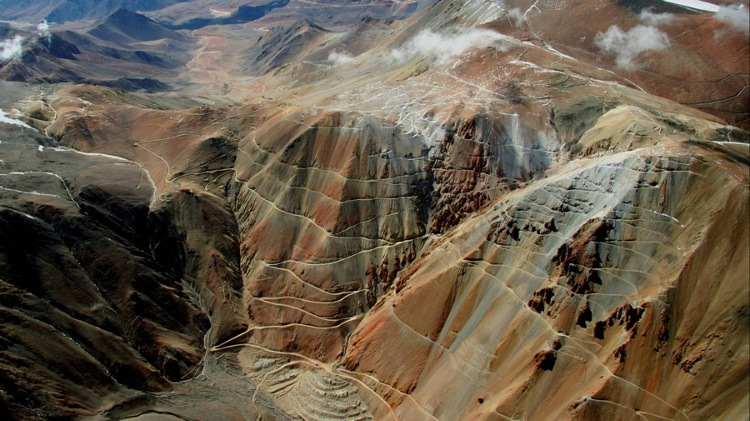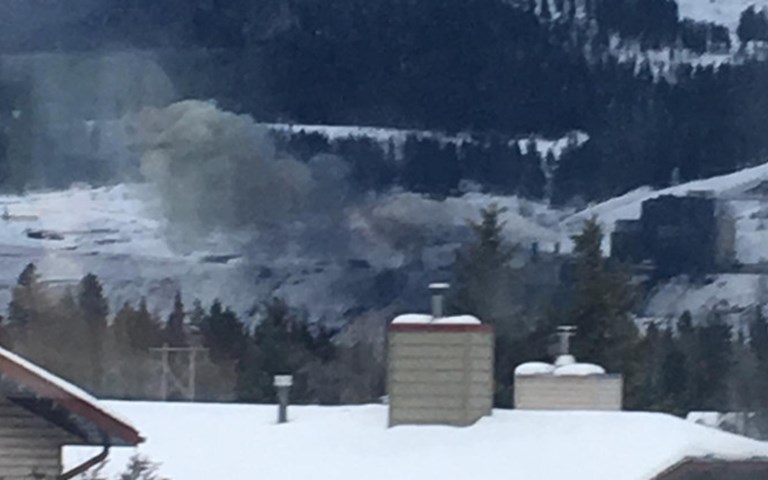A view of smoke coming from Teck's Elkview mine after an explosion at the drying facility on Jan. 18. Provided by the United Steelworkers
Updated on Jan. 25 with further details from Teck Resources and comment from the United Steelworkers
Repairs to the drying facility at Teck Resources’ Elkview coal mine, which was hit on Jan. 18 by what the company has called a “significant pressure event” and the local union is calling an explosion, are expected to take four to six weeks and cost between $5 and $10 million.
“In the interim, Elkview is producing higher moisture steelmaking coals” at roughly 80 per cent of its planned production levels, Teck said in a Thursday release. The company will blend higher moisture coal from Elkview with its dry finished coal inventory and dry coal from other operations in the Elk Valley. “We expect lost production in the range of 200,000 tonnes of clean coal.”
The company is currently conducting an investigation into the incident, in conjunction with United Steelworkers (USW) Local 9346, which represents Elkview workers, as required under the British Columbia Mines Act. The British Columbia Ministry of Mines is also involved. Company spokesperson Chris Stannell said in an email that the company will "incorporate any additional [safety] measures that are identified in the investigation."
Teck said in a Jan. 19 news release that the event caused “no adverse health or environmental impacts,” and Stannell said that no employees were injured in the incident.
Related: Nova Scotia’s newest and only coal mine under the safety microscope
USW Local 9346 president Alex Hanson said workers reported seeing a “fireball” shoot through the building’s vents.
Stannell said the drying system was designed to handle the high pressure “and there are controls in place to mitigate the impact.”
The drying chamber’s venting system “operated as designed, releasing pressure to a safe area outside the building,” Stannell said. “However, there was damage caused by this event.”
Hanson suggested the event might be an opportunity to consider new technology for drying coal. “There is other technology that’s out there as well, so let’s take a look at the whole scenario, and say ‘how do we do this the safest way possible?’” he said.
In a letter sent to the USW a few days prior to the incident, British Columbia Chief Inspector of Mines Al Hoffman, responding to safety concerns the union had raised in mid-December, expressed his “concerns about the possibility of a coal dust explosion within the coal dryer or breaker operations,” and said he would visit several mines in the Elk Valley in February.



